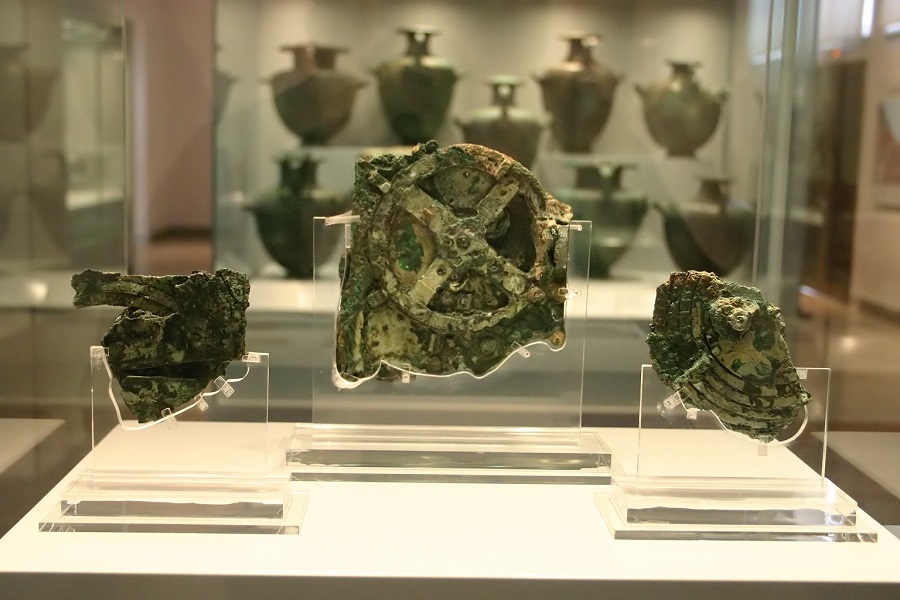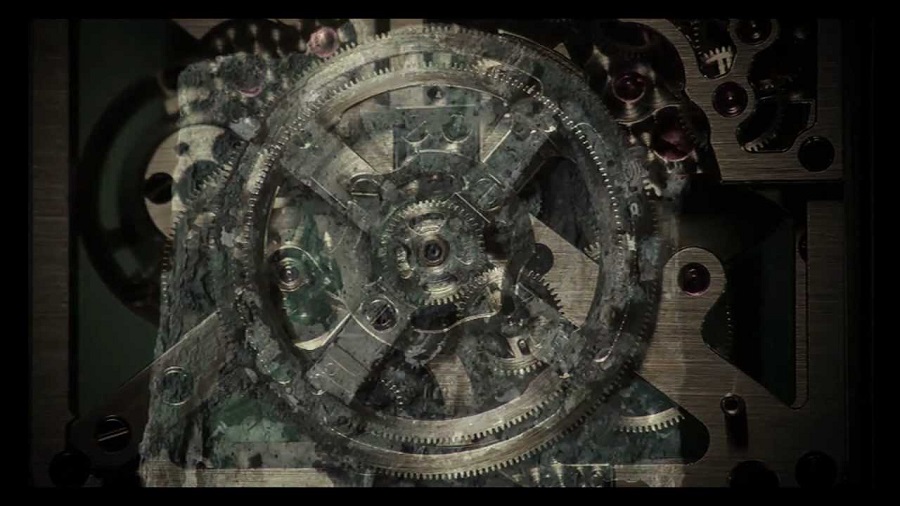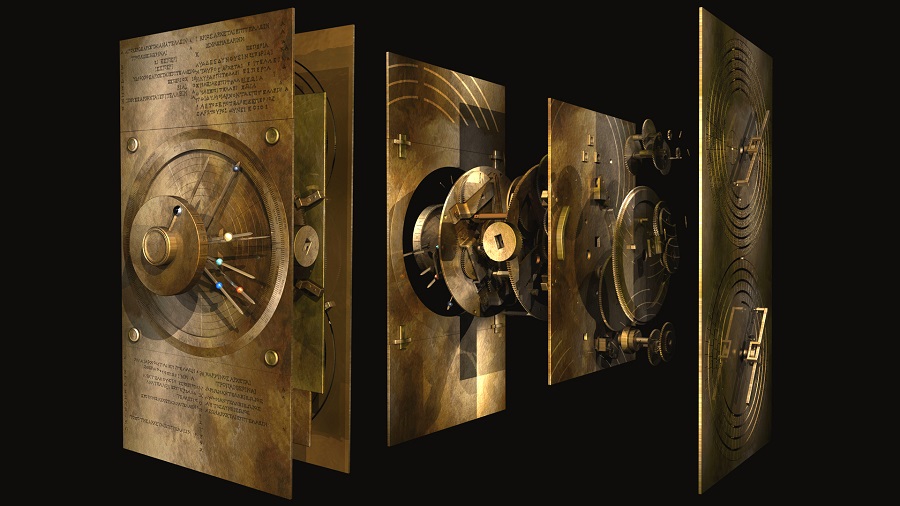

The Antikythera mechanism is an incredibly intricate analog computer used to predict astronomical positions for each day of the year. Based on specific dates it could predict positions of the sun, moon and even eclipses. The same predictions work the other way around by selecting astronomical positions and mapping back to dates. All this information is displayed on three big dials. The device has two faces one with a dial and the other with two. Inside this device a complex mechanism with at least 30 bronze gears to make all dials work together. Teeth on the gears are perfectly designed some containing up to 223 of them. Inscriptions can be also seen on most of the pieces. This mechanism resembles the modern day gear technology used in mechanical clocks.

This masterpiece was found in 1901 by a sponge diver from a shipwreck off the Greek island Antikythera and since then been a mystery. The fragments are now displayed in the National Archaeological Museum in Athen, Greece. What makes this intricate analog computer so amazing and a mystery is the fact that it dates between 150 and 100 BC. This is over a thousand years before the 14th century where mechanical astronomical clocks were seen in Europe again. There is no evidence identifying a particular maker. Here is a modern day replica of the Antikythera mechanism.















Leave a Reply
5 Comments on "Antikythera Mechanism – The World’s First Analog Computer"
You must be logged in to post a comment.
You must be logged in to post a comment.
For all we know this was alien technology
Pretty interesting. I had never heard of this
This makes me wonder what other mechanism we never found
Too bad it was in such horrible shape when discovered
This is freaking incredible even for modern day technology